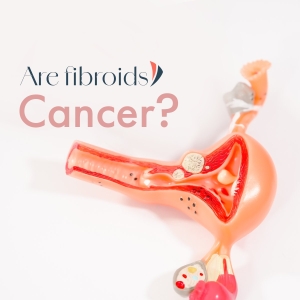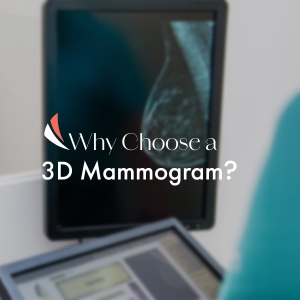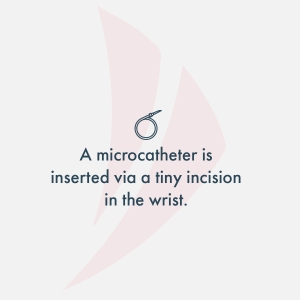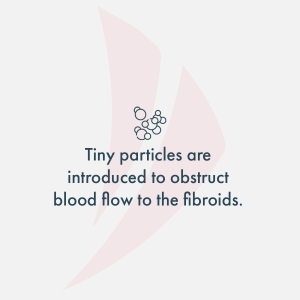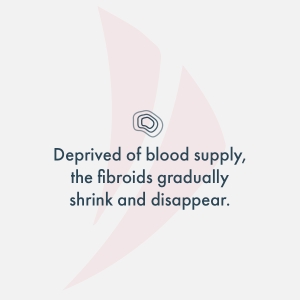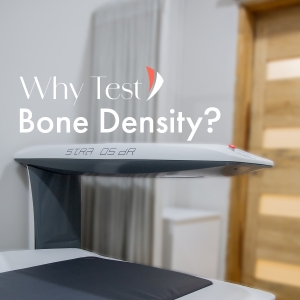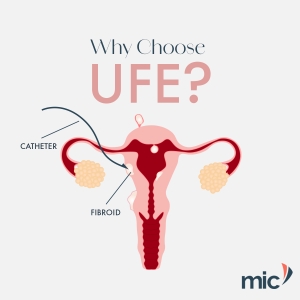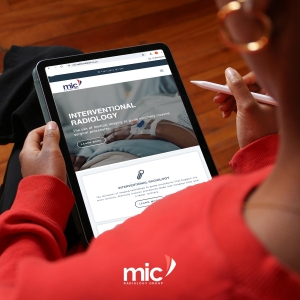Introducing Fallopian Tube Recanalisation
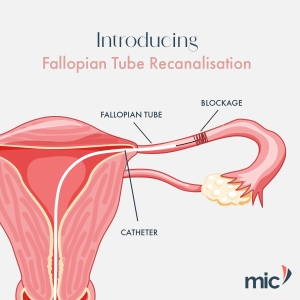
Fallopian Tube Recanalisation (FTR) is a non-surgical procedure that clears blockages to enhance the likelihood of conception. FTR is performed in 4 steps 👇🏾
1️⃣ An intravenous drip is placed, and short-acting medication is administered for sedation.
2️⃣ A speculum is inserted into the vagina, followed by a catheter through the cervix into the uterus.
3️⃣ A liquid dye, known as contrast, is injected through the catheter to fill and examine the uterine cavity and fallopian tubes.
4️⃣ If a blockage is detected in a fallopian tube, a small, soft microwire is threaded through the tube to clear the obstruction.
If you would like to learn more about FTR, please visit our website

